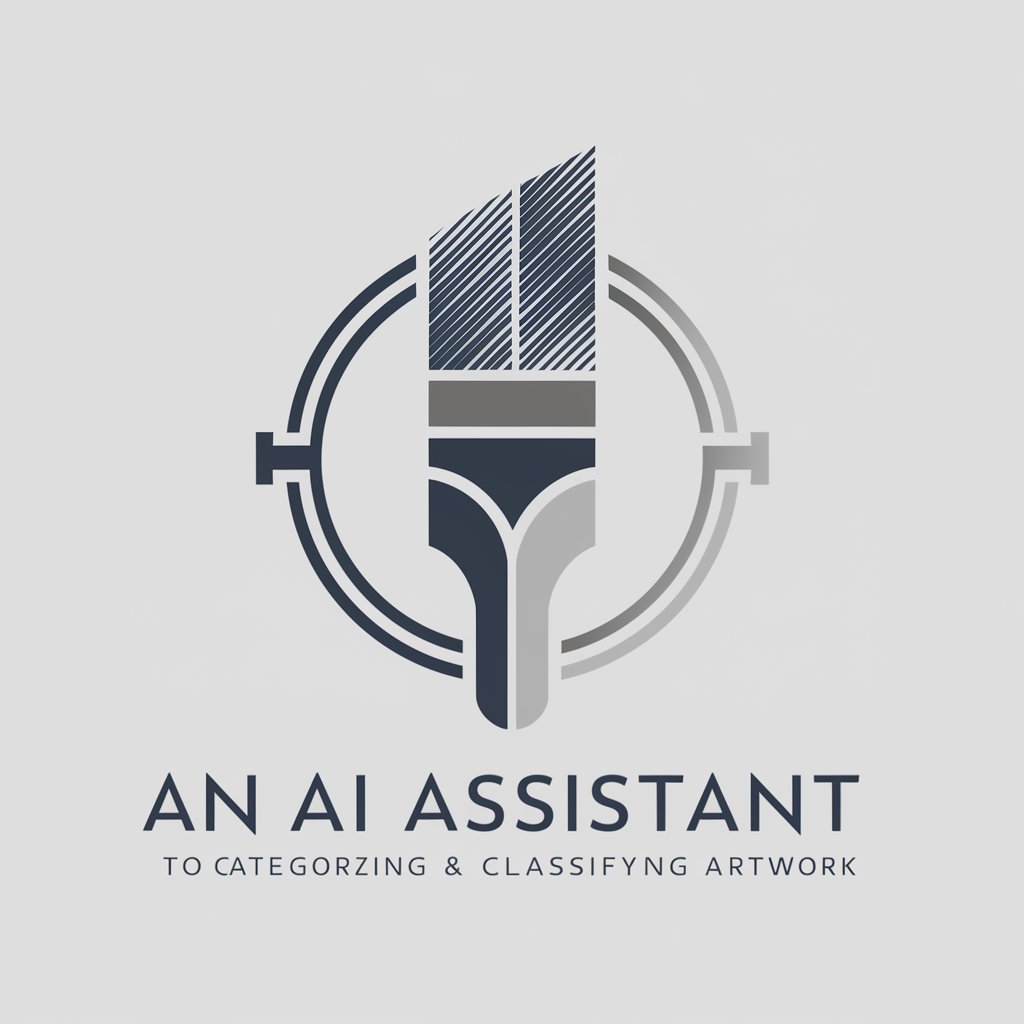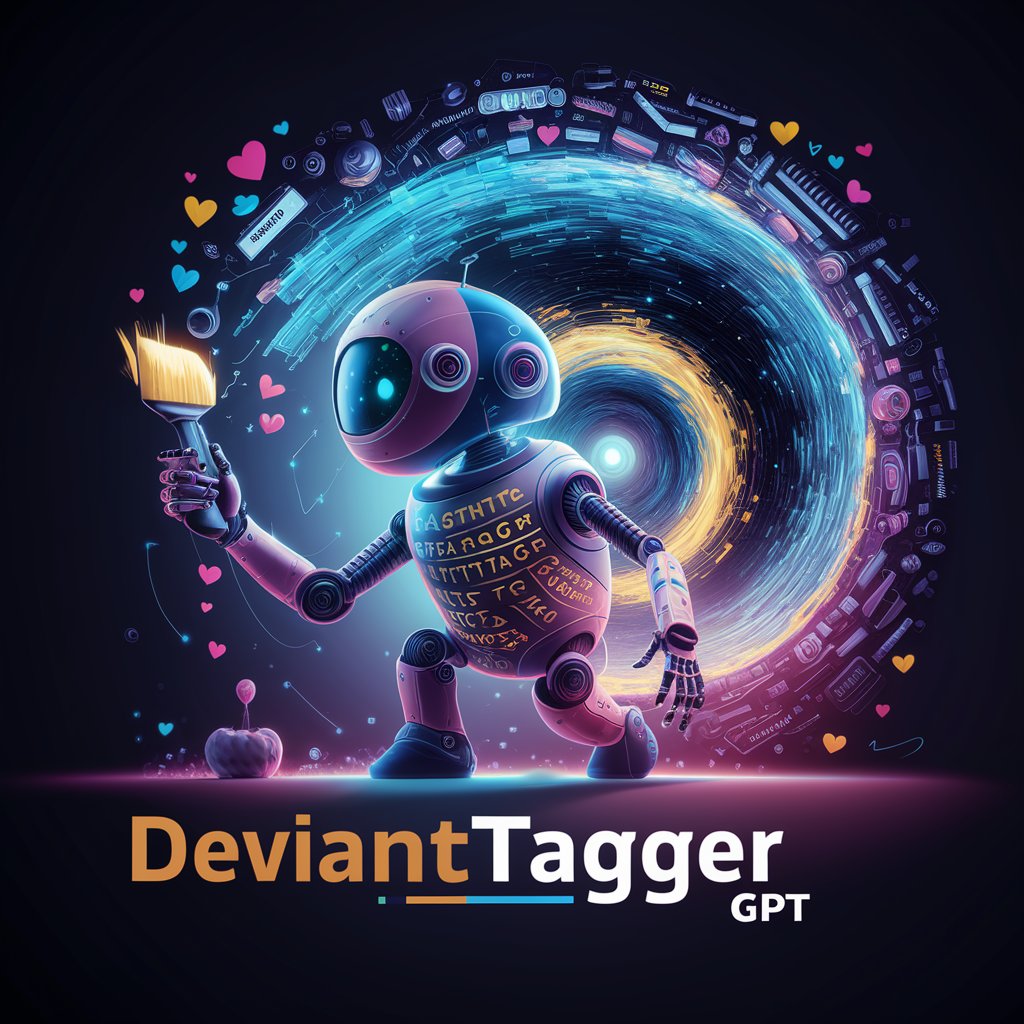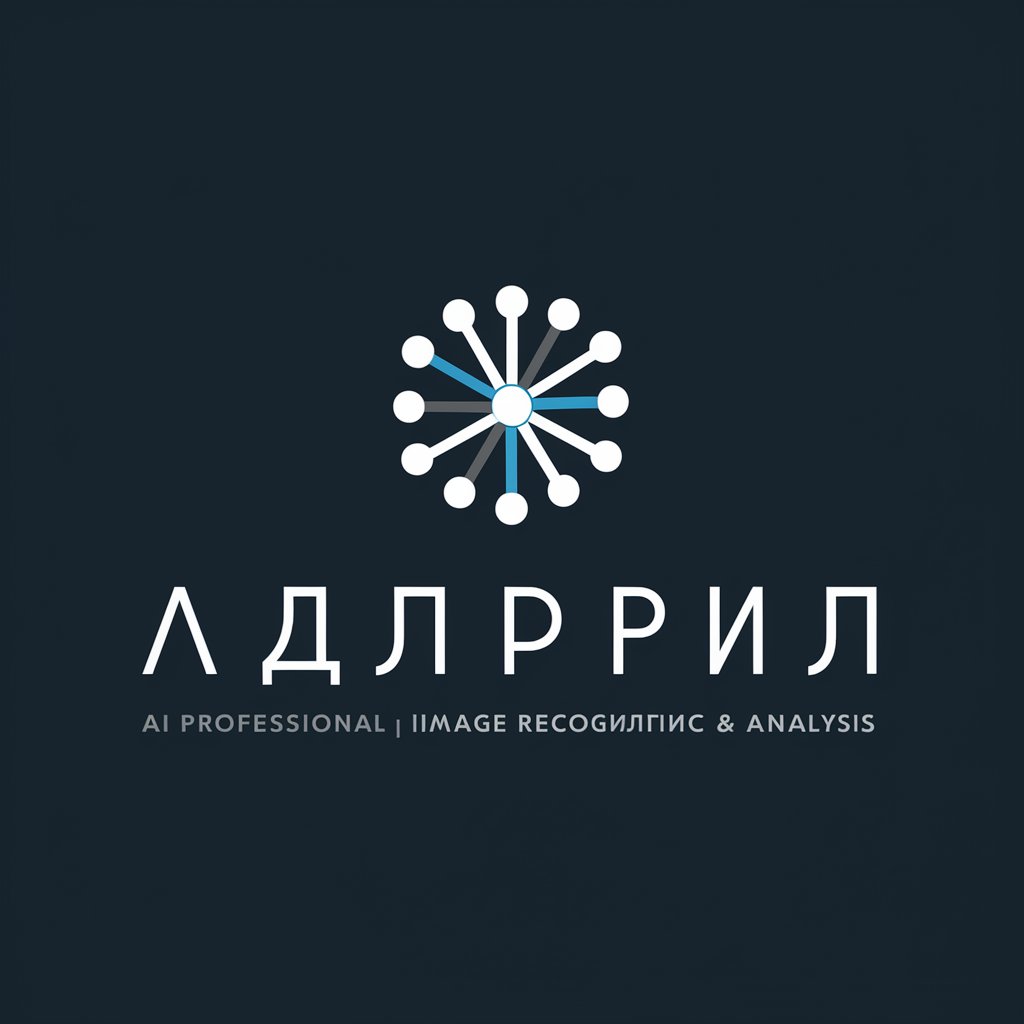5 GPTs for Image Tagging Powered by AI for Free of 2025
AI GPTs for Image Tagging are advanced artificial intelligence tools designed to automate and enhance the process of labeling and categorizing images with relevant tags. Utilizing the power of Generative Pre-trained Transformers, these tools are adept at understanding and analyzing visual content, then generating accurate and contextually relevant tags. This capability is paramount for organizing vast image databases, improving searchability, and aiding in various analytical tasks. GPTs' role in this field is to provide sophisticated, tailored solutions that streamline the tagging process, making it more efficient and effective.
Top 5 GPTs for Image Tagging are: F·rank the Displate classificator,Picture Keyworder,DeviantTagger,Keyword Helper for Photographers,视觉识别专家
F·rank the Displate classificator
AI-powered art insight at your fingertips.

Picture Keyworder
Automate Your Image Metadata with AI

DeviantTagger
Enhance Art Visibility with AI-Powered Tagging

Keyword Helper for Photographers
Elevate Your Photos with AI-Driven Keywords

视觉识别专家
AI-powered Image Recognition and Analysis

Key Capabilities and Features
AI GPTs for Image Tagging come with a plethora of unique characteristics and capabilities, making them highly adaptable for both simple and complex tagging needs. Key features include advanced image recognition, the ability to learn and adapt to new patterns, and high accuracy in generating relevant tags. Specialized features may also include language processing for multilingual tag generation, technical support for integrating with existing databases or workflows, and advanced data analysis for insights into image content and trends.
Who Benefits from Image Tagging AI?
The primary beneficiaries of AI GPTs for Image Tagging span a broad spectrum, from novices seeking to organize personal photo collections to developers and professionals managing large-scale image databases. These tools are accessible to users without coding skills, offering intuitive interfaces and automation capabilities. For those with programming expertise, GPTs provide additional customization options, allowing for the development of highly specialized tagging applications.
Try Our other AI GPTs tools for Free
Home Feng Shui
Discover the transformative power of AI GPTs for Home Feng Shui. Enhance your living space with personalized, AI-driven Feng Shui insights and guidance.
Wealth Activation
Unlock the potential of AI for wealth management with GPTs for Wealth Activation, offering tailored financial advice, market insights, and investment strategies to guide your financial decisions.
Wedding Dates
Discover how AI GPTs for Wedding Dates transform wedding planning with personalized date recommendations, trend insights, and seamless integration for an unforgettable celebration.
House Moving
Discover how AI GPTs for House Moving can streamline your move with personalized tips, organization tools, and more, making your moving experience smoother and more efficient.
Shower Installation
Discover how AI GPTs revolutionize shower installation with expert advice, real-time support, and tailored solutions for every user.
Form Correction
Explore AI GPTs for Form Correction: adaptive tools transforming data accuracy with natural language understanding, customizable for any form or sector.
Expanding Possibilities with AI GPTs
Beyond their core functionality, AI GPTs for Image Tagging offer the potential for innovative applications across various sectors. Their user-friendly interfaces and integration capabilities make them a valuable tool for enhancing the efficiency of digital asset management, providing insights into visual trends, and supporting data-driven decision-making processes.
Frequently Asked Questions
What exactly are AI GPTs for Image Tagging?
AI GPTs for Image Tagging are intelligent systems that use machine learning to automatically assign relevant tags to images, based on their content and context.
How do these tools learn to tag images accurately?
They utilize a combination of pre-trained data and continuous learning from new images, improving their tagging accuracy over time through machine learning algorithms.
Can AI GPTs handle images in different languages?
Yes, many of these tools are equipped with multilingual processing capabilities, allowing them to generate tags in various languages.
Are there customization options for developers?
Absolutely, developers can access APIs and programming interfaces to tailor the tagging process to specific needs, integrate with existing systems, or develop new applications.
How accessible are these tools for novices?
AI GPTs for Image Tagging often come with user-friendly interfaces, making them accessible to novices without requiring extensive technical knowledge.
What makes AI GPTs superior to traditional tagging methods?
Their ability to learn and adapt to new data, along with the efficiency and accuracy of their tagging, makes them far superior to manual tagging methods.
Can these tools be integrated with existing image databases?
Yes, many AI GPTs offer technical support for seamless integration with existing databases and workflows.
What are the potential applications of AI GPTs in Image Tagging?
Applications range from enhancing search and organization in digital photo libraries to supporting complex analytical tasks in fields such as digital marketing, surveillance, and academic research.